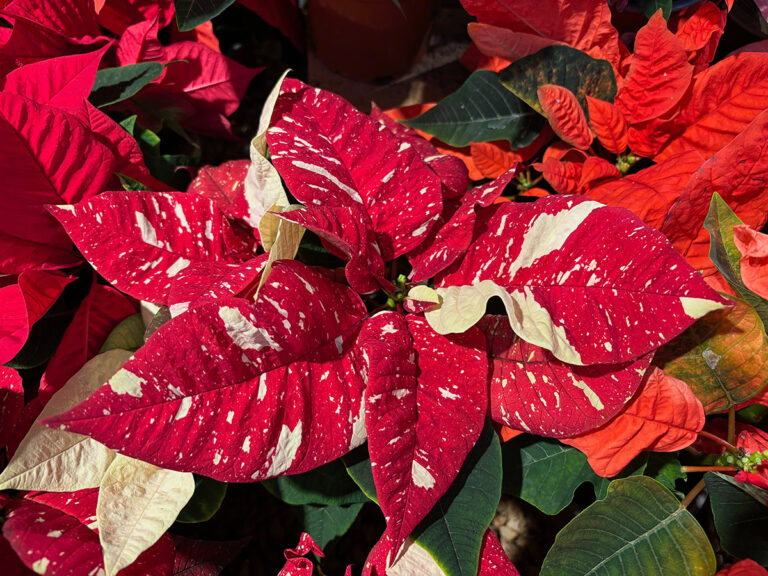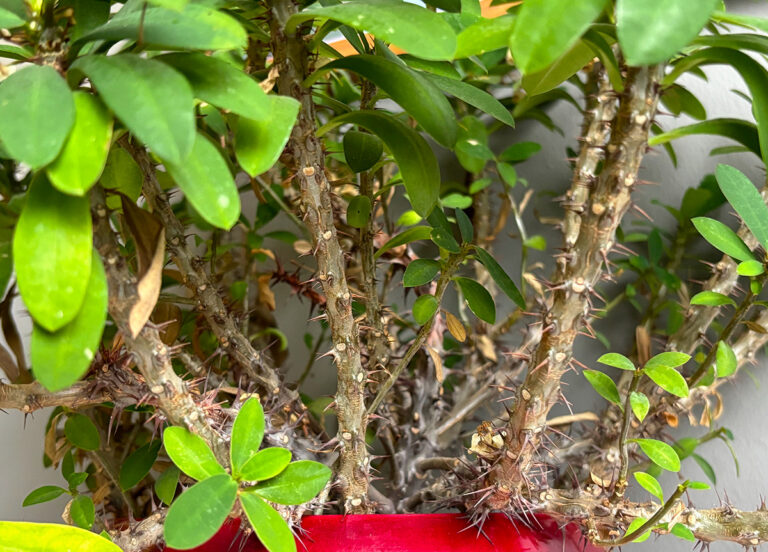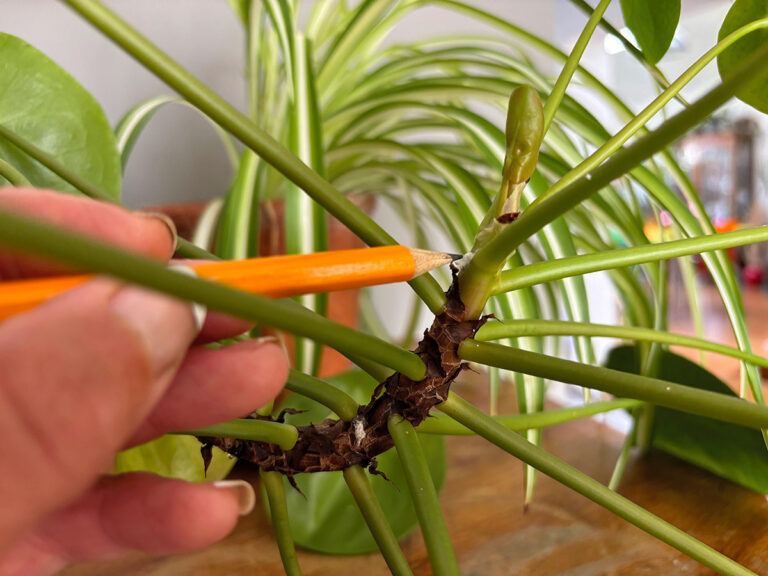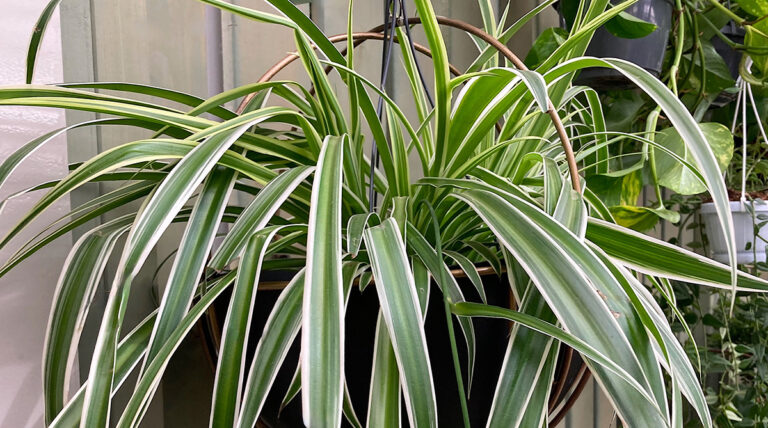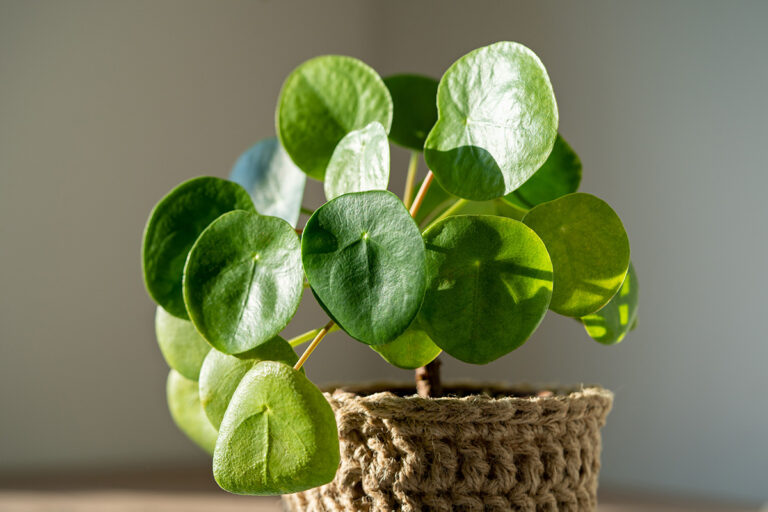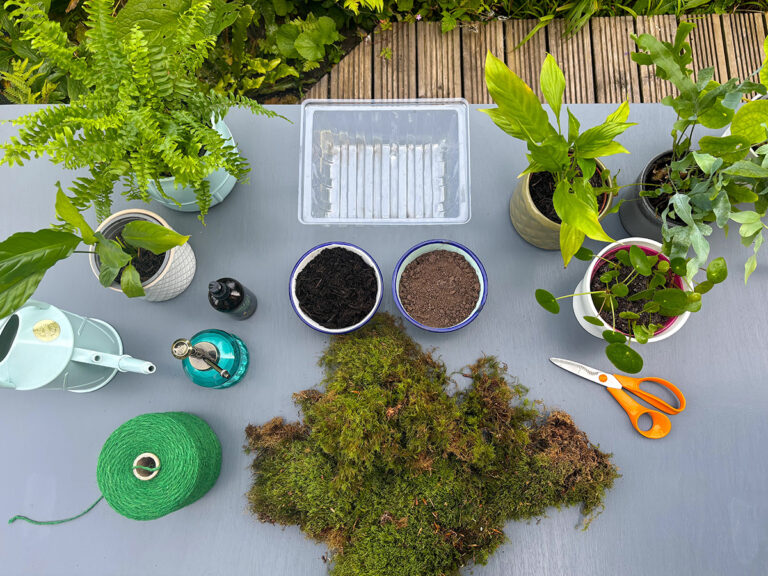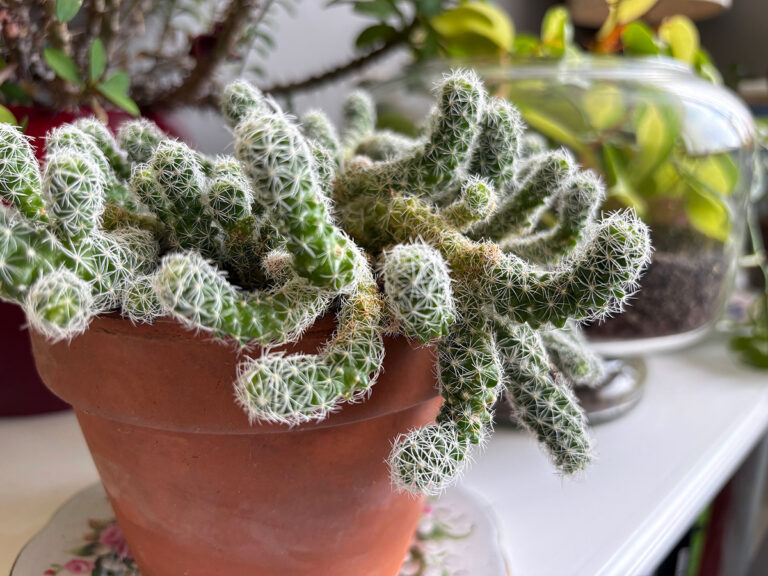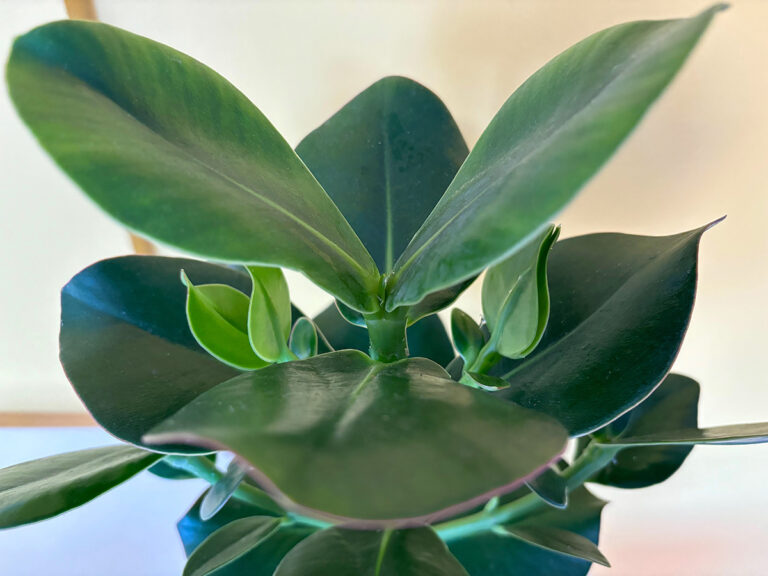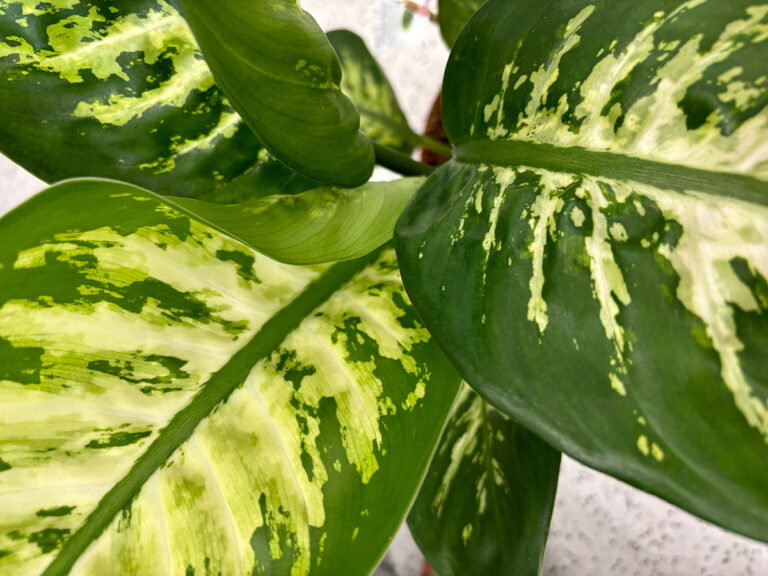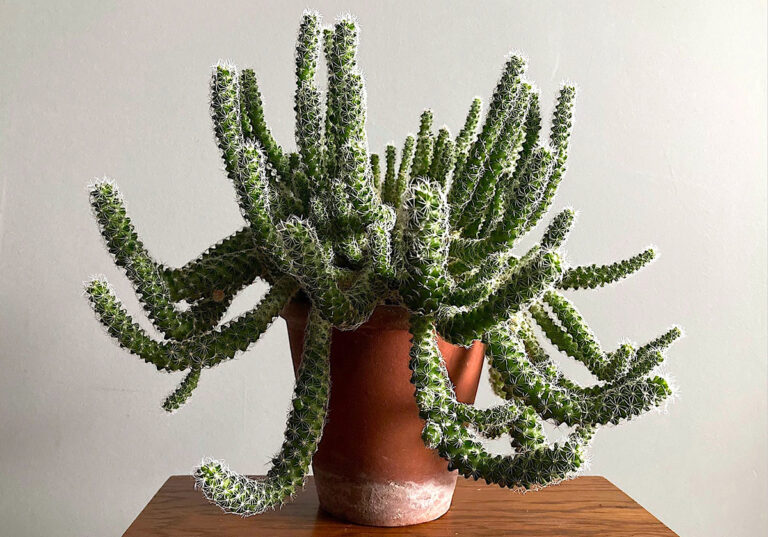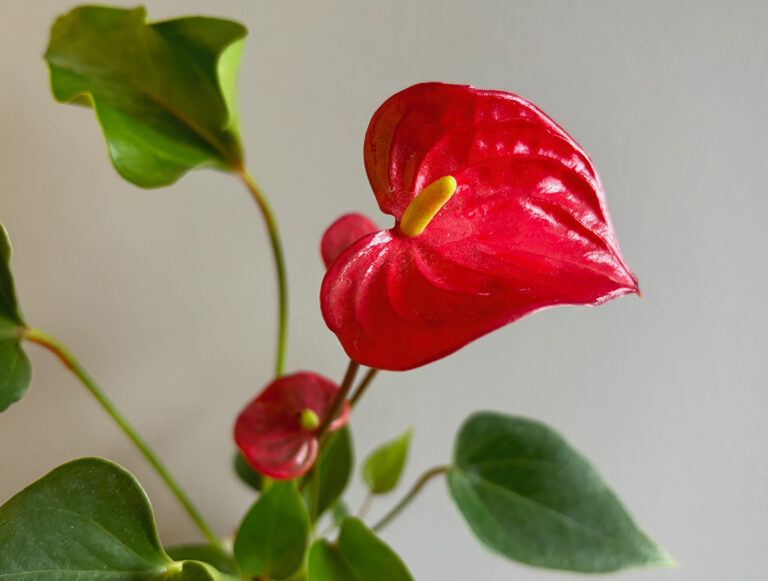“How do I get rid of bugs on my houseplant?”
There’s nothing worse than waking up one morning to find the leaves of your favourite foliage houseplant have been nibbled by a mysterious pest or that a flowering pot plant is starting to flag. Fortunately, indoor plants aren’t besieged by pests like their outdoor cousins, but they certainly aren’t immune to attack.
Although pests can arrive on houseplants you’ve bought from shops or online, they tend to be a bigger problem on those that have spent summer outside before being brought back indoors for autumn. Either way, get on top of bugs quickly to prevent them ruining the looks and health of your plants, and from attacking nearby plants.
Avoid pests
In order to avoid problems, inspect before buying and reject any showing obvious signs of pest damage. If you give your houseplants a summer airing, whether that’s on patio, balcony or anywhere else, spend a few minutes giving them the once over – look under leaves and even slide off pots to check for stowaways.
The good news is that pests are fairly straightforward to control if you act quickly, and any damaged growth will soon be replaced. Robust, healthy plants are able to cope better than weak, poorly ones, so ensure you water and feed plants regularly, and that they are given a spot that suits their requirements for light.
The 5 most common houseplant bugs
Caterpillars
There are loads of different caterpillars that eat holes within leaves and can strip plants of foliage if left to their own devices. If you spot any tell-tale holes, check plants carefully for pests. Look within every nook and cranny as caterpillars are masters of concealing themselves. Pick off and destroy.
Fungus gnats
The small black flies that flit around plants when disturbed are a nuisance, but harmless. However, their larvae sometimes eat roots, along with rotting matter. They like damp compost so always use a well-drained mix and don’t overwater. Clear up debris and rough up the surface of compost to exposure their larvae.
Mealy bugs
Probably the most common pest of houseplants, mealy bugs are sap-sucking insect that look like patches of white cotton wool. They are difficult to eradicate as they often hide in relatively inaccessible places, but use our Bug Control Spray to keep them at bay.
Red spider mites
It’s difficult to see these sap-sucking pests by eye, but their damage is unmistakable. The upper sides of leaves will become mottled, before they shrivel up and die – fine webbing is sometimes visible. Use our Bug Control Spray as soon as you see the signs of spider mites. They like hot, dry conditions so mist plants regularly to raise humidity.
Scale insects
Scale insects are sap-sucking creatures that look like tiny brown limpets. Over time, they form large colonies and will weaken their host. They usually appear on stems and under leaves. A few can be scraped off by hand, but for larger infestations it is best to use our Protecting Bug Control Spray.

